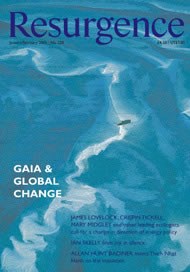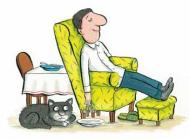OVER TIME, the frenetic activity of the day takes its toll: the senses take longer than normal to register reality; certain negligence by the neurons' synapses leads to constant failure. It's at this moment that the Spaniard takes his or her place on bed, armchair or sofa to have a siesta. Spanish yoga.
Centuries of wisdom vouch for the healthful siesta. It basically consists of disconnecting from the frantic alienating rhythm outside and connecting for a few seconds or minutes with an interior, kinder, healthier, more comforting rhythm. It's an instinctive meditation that all Hispanics carry in their genes. Is it natural? Take a look at your pet and see what he or she does after lunch.
On working days there exists a mutation of the siesta called 'the key'. Dali was a big fan, as were a number of his compatriots. It consists of sitting in a comfortable armchair and letting an arm fall down one side. The hand of the fallen arm must have a key in it (heavy, iron, old-fashioned kind) and under this hand must lie a china plate. When a delicious loss of consciousness occurs the hand drops the key which then hits the plate briefly, cracking the silence enough to wake the practitioner, who has been able to enjoy for a few seconds the benefit of siesta. It is necessary to reconstruct reality, your universe, and the exhausting state of being alive, to say nothing of being less dead.
Sage visionaries created this formula thinking of the future, because when a Hispanic has a siesta on a working day, hideous efficiency and the need to 'do', which only create anxiety, are sent packing. It's frowned upon by the timid and ignorant as a subversive act. Siesta is still an island of serenity amongst the waves of information, whose epicentre, where our neurons are shipwrecked, is the North.








